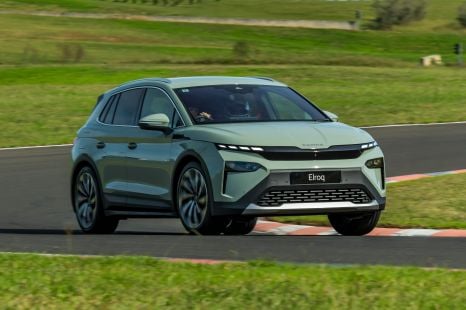

James Wong
4 Days Ago
We know Ineos is keen on making a hydrogen fuel cell version of the Grenadier, but it will also begin testing an EV version this year.

The might be an electric version of the Ineos Grenadier after all.
Mark Tennant, commercial director of Ineos Automotive, told Automotive News Europe the company will begin testing an EV prototype of the SUV later this year.
The automaker will also start testing a hydrogen fuel cell version of the Grenadier around the same time. Ineos and Hyundai are working together to “explore together new opportunities in the hydrogen economy”.
Tennant says the electric powertrain “will probably add a ton of weight, but the battery tech is changing”. He also noted “we do not know where the market is going”.

Dirk Heilmann, CEO of Ineos Automotive, told the trade publication it still believes “hydrogen fuel cell is a better way to fuel an electric vehicle because of its lower weight and greater capability”.
He did concede there could be “very specific” niches for an electric Grenadier, such as “off-highway, specialist applications where range does not play a role — the mining industry, for example”.
It should be noted Ineos has investments in the production of hydrogen, producing around 400,000 tonnes of the fuel every year, and has been lobbying governments to invest in hydrogen infrastructure.

As Ineos Automotive is classified as a small volume manufacturer it is able to escape the EU’s mandate for new car fleets to meet its 95g/km CO2 target or face hefty fines.
Despite this, the company still needs to negotiate a CO2 reduction target with the bloc, and for this it needs to have a low or zero emissions vehicle in its range.
Production of the Grenadier begins this year at Smart’s old factory in Hambach, France. At launch the SUV will be powered by turbocharged 3.0-litre straight-six petrol and diesel engines from BMW.
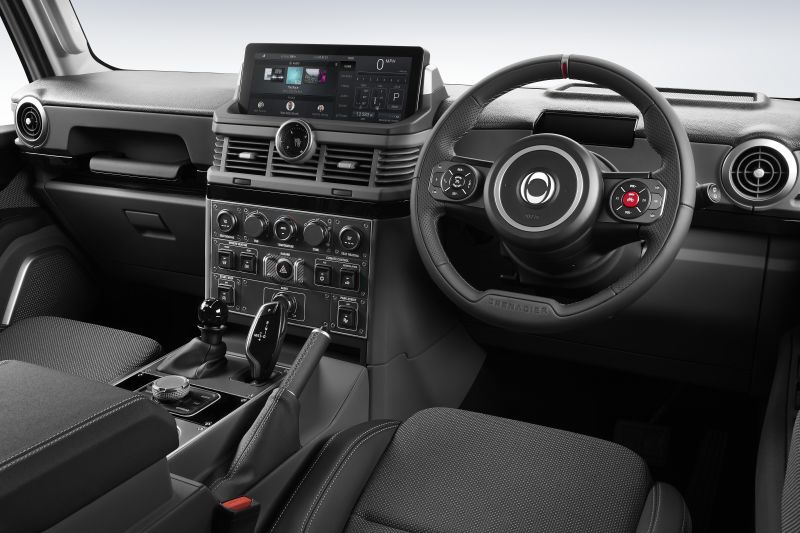
As a small manufacturer, the company is limited to selling 22,000 commercial vehicles and 10,000 passenger cars in Europe per annum.
To make best use of its sales cap, a dual-cab ute is in the works, as are two- and five-seat van variants of the SUV.
Converting an existing model into van is a well-known workaround for Europe’s strict carbon emissions target for passenger vehicles.
For example, the popular Suzuki Jimny is currently only available on the Continent as a two-seat van with a flat boot floor and a partition to protect passengers from cargo.
Take advantage of Australia's BIGGEST new car website to find a great deal on a Ineos.
Derek Fung would love to tell you about his multiple degrees, but he's too busy writing up some news right now. In his spare time Derek loves chasing automotive rabbits down the hole. Based in New York, New York, Derek loves to travel and is very much a window not an aisle person.


James Wong
4 Days Ago
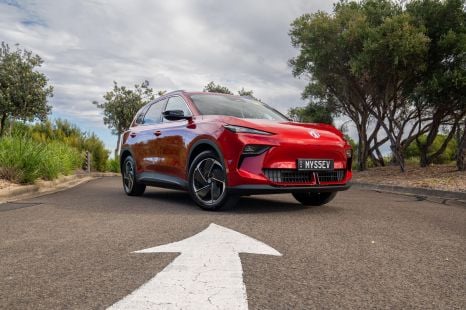

Andrew Maclean
4 Days Ago
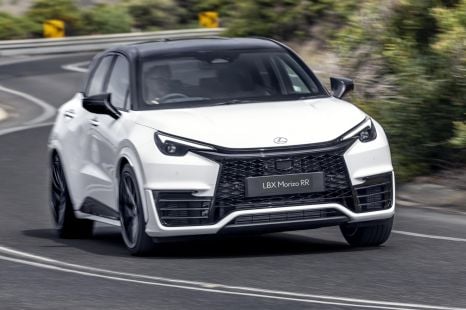

Josh Nevett
8
4 Days Ago
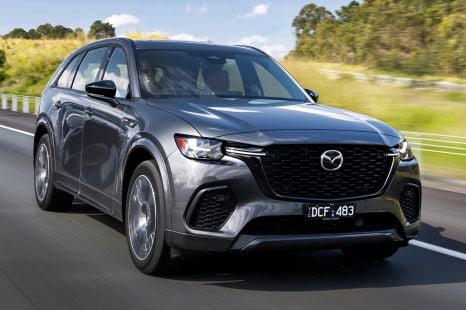

Jack Quick
7.9
3 Days Ago


Damion Smy
2 Days Ago


Neil Briscoe
2 Days Ago